Rainfall
During March, the Austin area typically experiences a monthly average rainfall of approximately 2.9 inches. To date, we have received 2.1 inches. Despite receiving steady rainfall in both February and March, rainfall amounts for both months were about a half-inch short of their respective monthly averages.
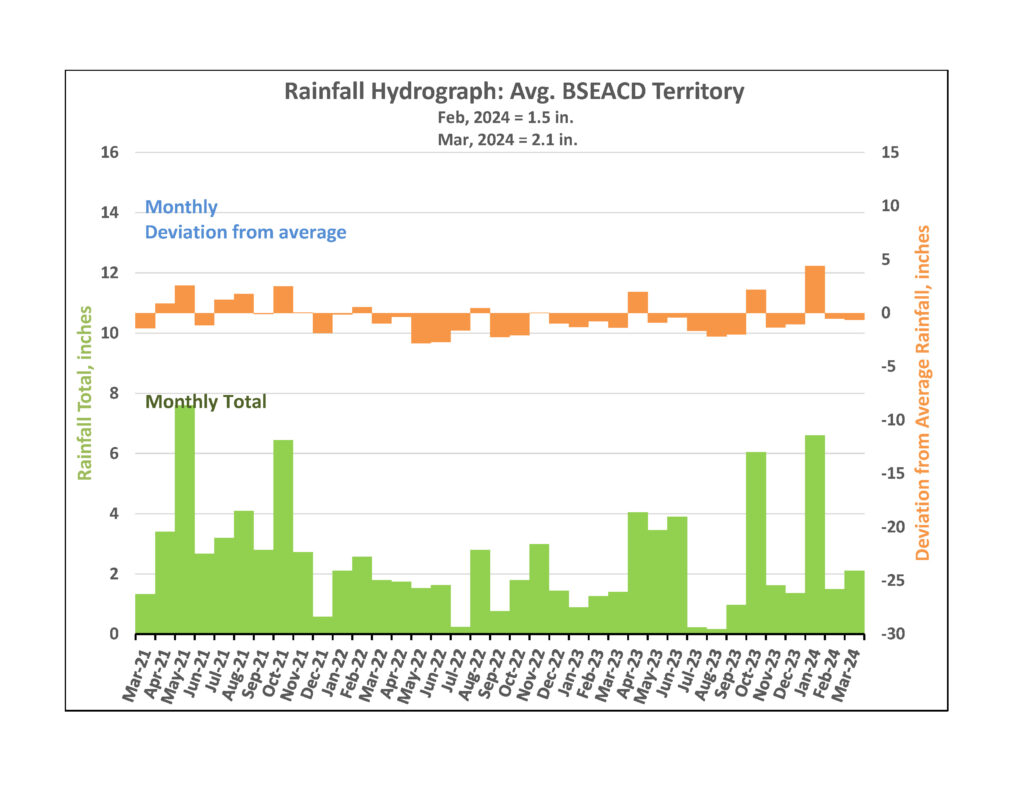
Figure 1. Monthly deviation from average and monthly total rainfall in District’s territory.
Barton Springs Flow
Barton Springs flow has experienced fluctuations in recent months (figure 1). As of March 28, Barton Springs’ 10-day average flow stands at 47 cubic feet per second (cfs). In January, spring flow surged to 72 cfs as a result of early 2024 rains, prompting a shift in drought status from Stage IV to Stage III, and now, to Stage II. Although there has been some recharge in February and March, it has not been enough to prevent the decline in spring flow, a pattern seen since mid-February.
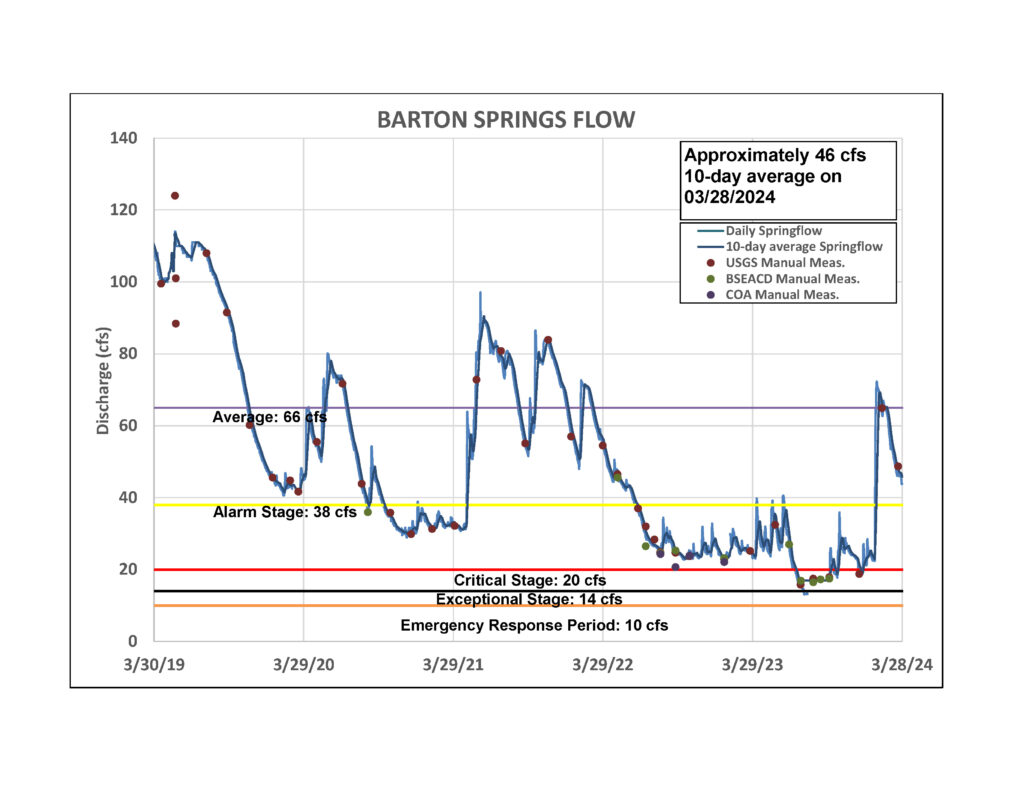
Figure 2. Barton Springs flow for the last five years.
Lovelady Monitor Well
The Lovelady monitor well also continued to see a positive response to the early 2024 rainfall until the second week of March, when levels began to decline (figure 2). January rainfall elevated water levels nearly 16 ft, climbing out of Stage IV Exceptional Drought and into Stage II Alarm Drought status along with Barton Springs.
As of March 28, Lovelady 10-day average water level is 472.0 feet above mean sea level (ft-msl). The District will remain in Stage II drought for now, but it is important for the area to receive average or above average rainfall leading into summer to prevent a decline in drought status.
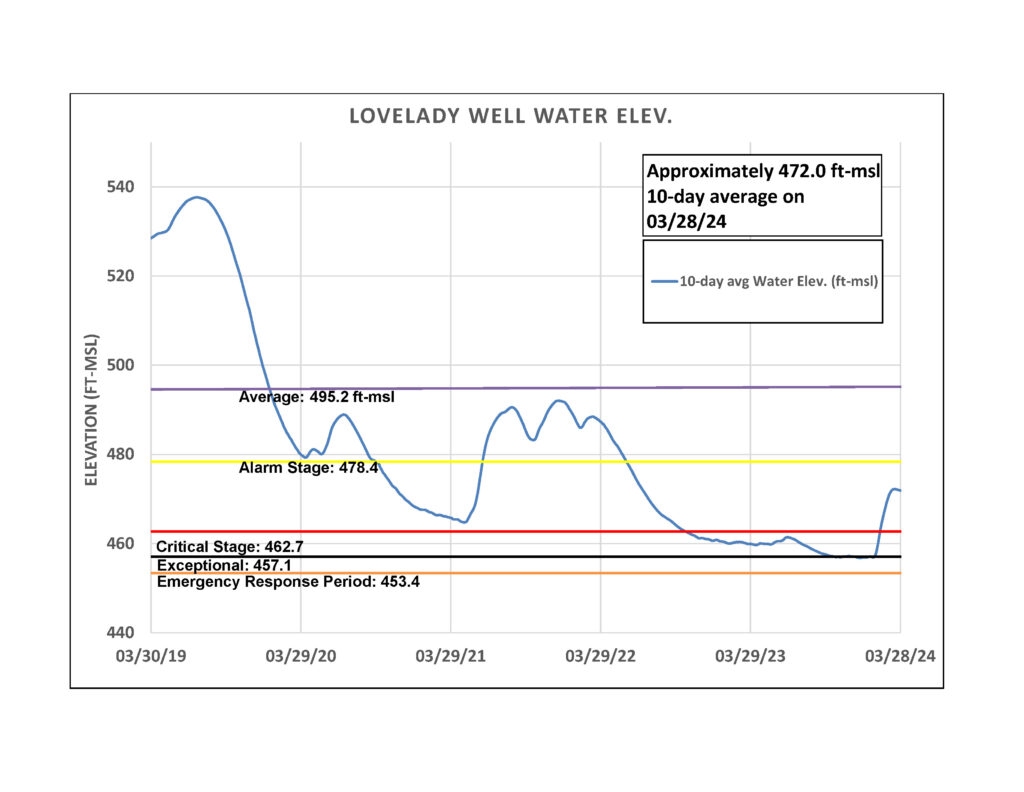
Figure 3. Lovelady groundwater level over the last five years.
Upper and Middle Trinity
Water levels in the Upper Trinty (green) showed a strong response to the January rains, witnessing a significant increase of 20 feet (figure 4). However, those 20 feet have almost entirely diminished as water levels receded. In contrast, the Middle Trinity (purple) has displayed a more subdued yet positive response to the rains, maintaining subtle rise (10 feet since August 2023).
The flow at Jacob’s Well has shown encouraging responses to recent rains though not enough to maintain steady flow from the spring. Flow has been consistently reported below 1 cfs while the Blanco River at Wimberley maintains a steady flow in the low teens.
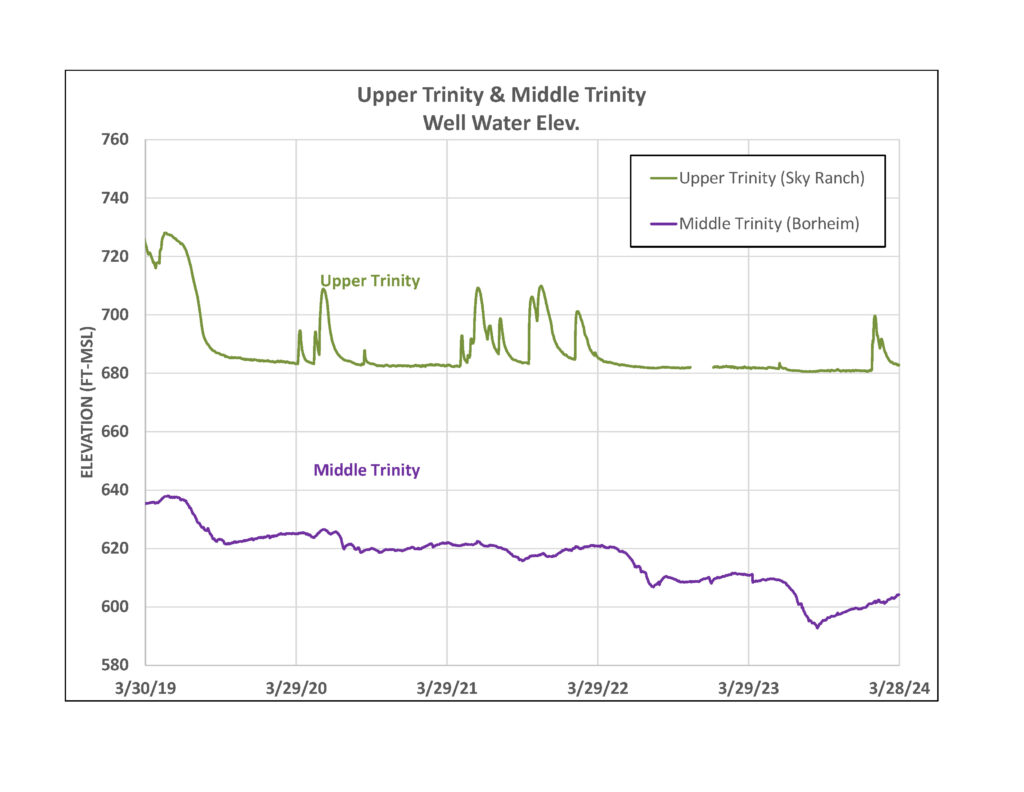
Figure 4. Water levels in an Upper Trinity well (green) and Middle Trinity well (purple) over the last five years.
Conservation
With green vegetation and wildflowers everywhere, it can be easy to forget the District has been in drought for 22 consecutive months. There is potential for another abnormally hot and dry summer ahead of us, so it’s important to remember ground and surface resources alike throughout the Hill Country are still at below average levels and continue to actively conserve.
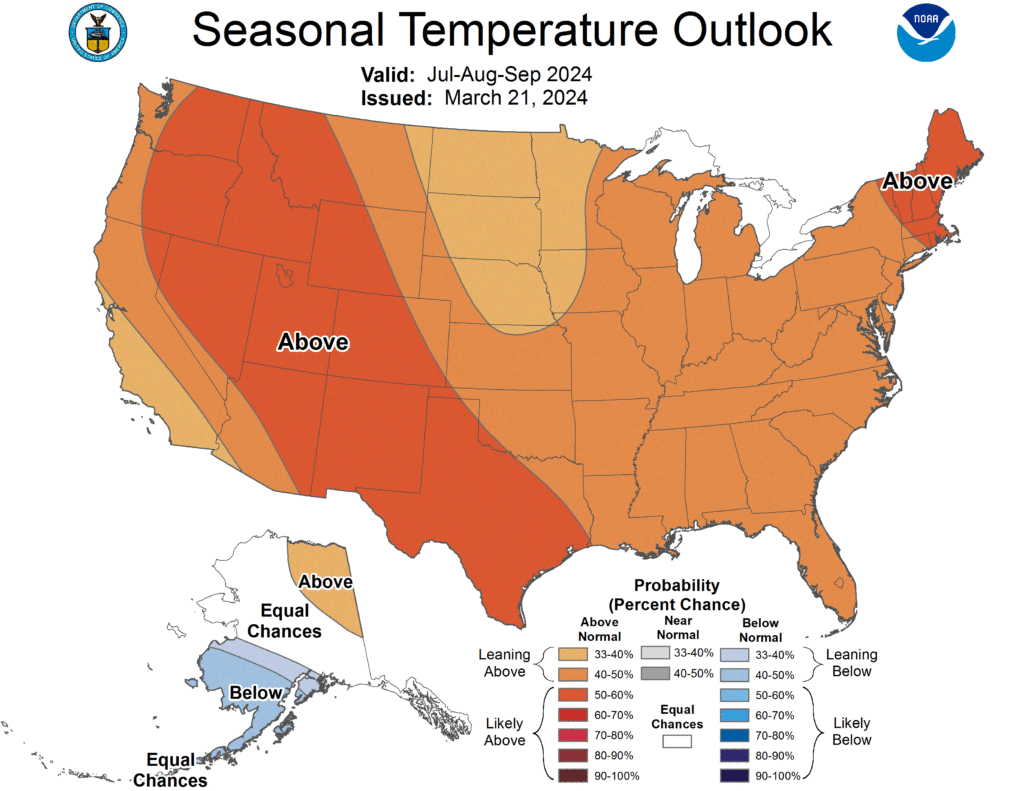
Three month temperature outlook for July, August, and September 2024 according to The Climate Prediction Center.

